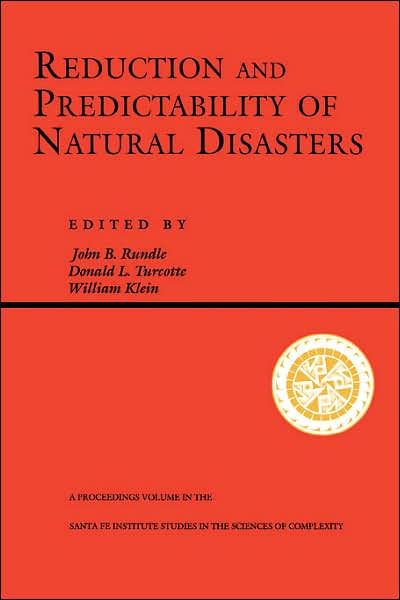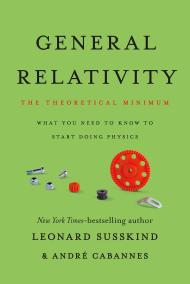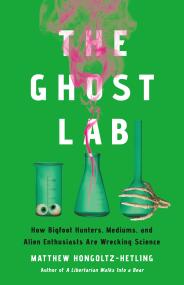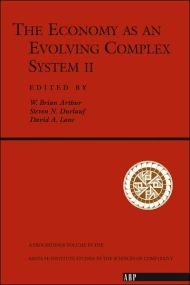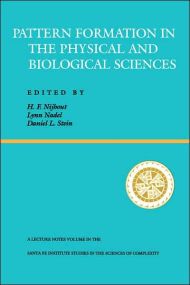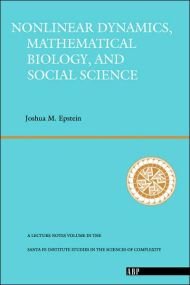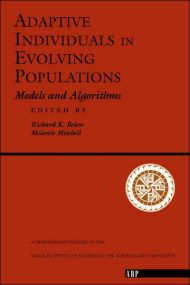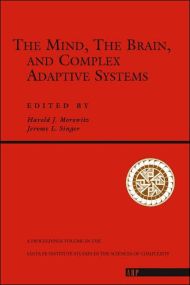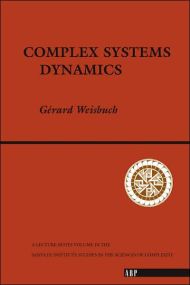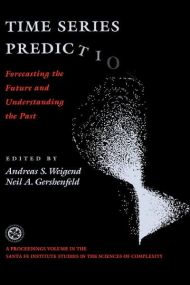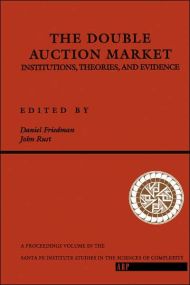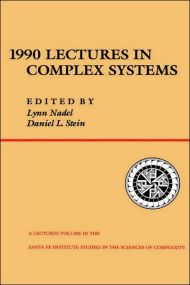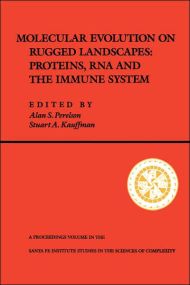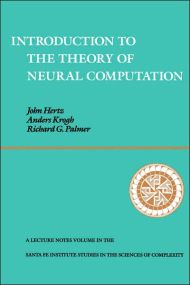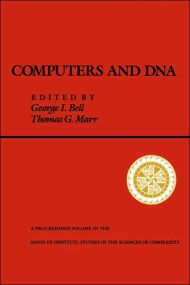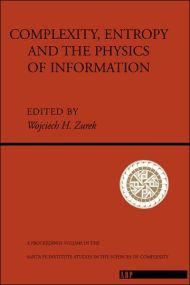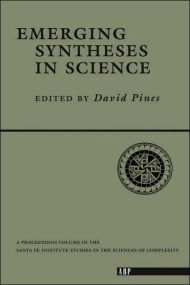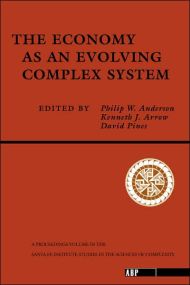By clicking “Accept,” you agree to the use of cookies and similar technologies on your device as set forth in our Cookie Policy and our Privacy Policy. Please note that certain cookies are essential for this website to function properly and do not require user consent to be deployed.
Reduction And Predictability Of Natural Disasters
Contributors
By John Rundle
By William Klein
Edited by Don Turcotte
Formats and Prices
- On Sale
- Jan 17, 1996
- Page Count
- 320 pages
- Publisher
- Avalon Publishing
- ISBN-13
- 9780201870497
Price
$56.00Format
Format:
Trade Paperback $56.00Buy from Other Retailers:
Within the past five years, the international community has recognized that it may be possible, through programs of systematic study, to devise means to reduce and mitigate the occurrence of a variety of devastating natural hazards. Among these disasters are earthquakes, volcanic eruptions, floods, and landslides. The importance of these studies is underscored by the fact that within fifty years, more than a third of the world's population will live in seismically and volcanically active zones. The International Council of Scientific Unions, together with UNESCO and the World Bank, have therefore endorsed the 1990s as the International Decade of Natural Disaster Reduction (IDNDR), and are planning a variety of programs to address problems related to the predictability and mitigation of these disasters, particularly in third-world countries. Parallel programs have begun in a number of U.S. agencies.One of the most promising scientific avenues is to develop the capability to simulate these physical processes in the computer, Many of the recent models are nonlinear in significant ways, for example cellular automata or fractal growth models. They can thus be analyzed in a framework familiar to workers in complex system theory. It is often the case that the occurrence frequency of disaster events generated by the models follow power laws, perhaps with cutoffs. Thus there is a spectrum of event sizes, from small to large, that are presumably related by the nonlinear dynamics of the process. Simulation techniques can be used to study the fundamental physics of the process. Simulation techniques can be used to study the fundamental physics of the process, and most importantly, to develop means to predict the patterns of occurrence of large events in the models and to identify precursory phenomena.
Genre:
Series:
Newsletter Signup
By clicking ‘Sign Up,’ I acknowledge that I have read and agree to Hachette Book Group’s Privacy Policy and Terms of Use
